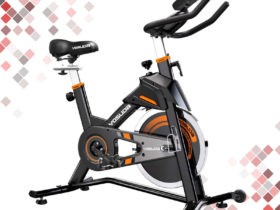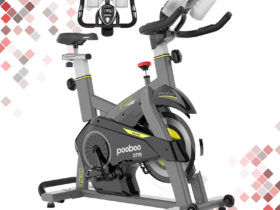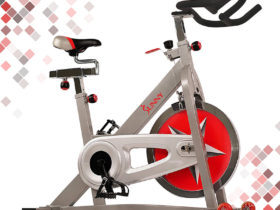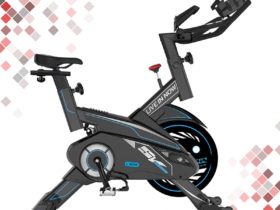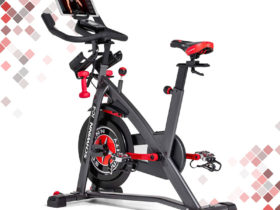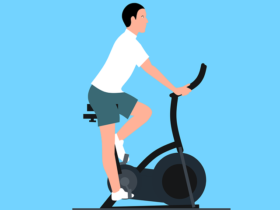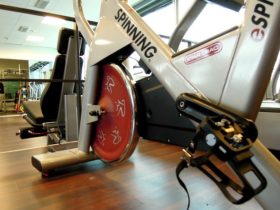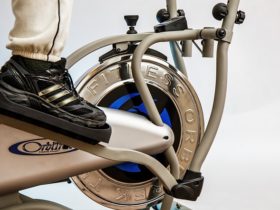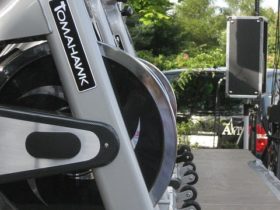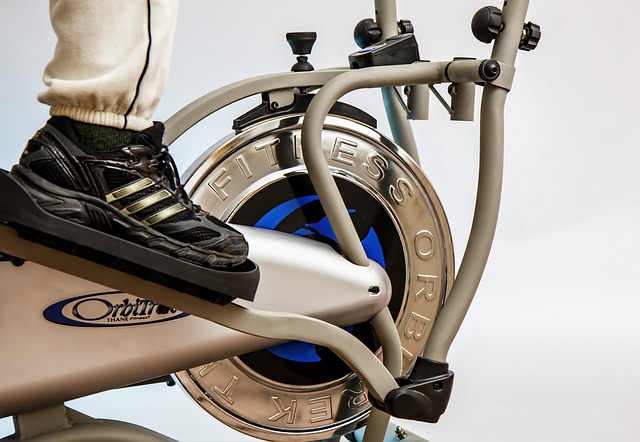You may have recently heard about spinning and noticed all the positive talk surrounding this workout. You see how people go to a gym, spend 30-60 minutes of strenuous pedaling while also being energetic enough for class or doing their own personal session at home with tunes playing in earbuds! It’s obvious that they’re working themselves healthier by adding more cardio into everyday life; but one question will surely pop up: “What difference does it make if you do Spinning versus Cycling?” The short answer? There isn’t just ONE way fit – so enjoy any type(s)of riding So let’s discover more and learn “What’s the difference between spinning and cycling.”
Spinning and cycling share a lot in common, but there’s one important difference. While both activities involve pedaling away on two wheels for exercise purposes (and sometimes even fun), the key difference between them lies with where you do this: indoor vs outdoor bike riding!
The best way I’ve found to know if spinning is right for me or not? Just ask myself – would my favorite competitor ever ride an indoorspaced bike race?? If so then she might be more likely than most people who don’t live near enough large cities offer much opportunities outdoors anymore due their proximity from each other plus safety
What Is Spinning?
Spinning entails the need of a stationary indoor bike far different from the usual mountain bikes, road bikes or triathlon bikes. Spin bikes normally has a flywheel weighting 13-18 kilogram and by which mimic the same feeling when you use a bike. Spin bikes usually has dials so you can set up the resistance level which mimics the traction of the road when you pedal. In a spinning class, for example, instructors give instructions to participants how to set their spin bikes to mimic the same feeling of cycling outdoors. Examples of these are challenges of a hill climb and even bumps. When spinners do this, they can take the normal sitting position or stand while pedaling.
Studies on Cardiovascular Health Benefits
On the aspect of cardiovascular fitness, spinning gets a better grade than cycling. According from one study by the American Council on Exercise, spinning can give you a workout that far exceeds your minimum heart rate requirement. Based on this study, spinners usually work near of reaching their maximum heart rate. Compared with cycling, only those who are professional and serious cyclists can achieve this since ordinary cyclists do not work this hard since they just cruise on the road.
Yet, there is also a study published in the Journal of Strength and Conditioning Research stating that cycling can burn you more calories compared with spinning indoor. The study was conducted with a group of cyclists who were told to exert the same effort that they put in when they ride outdoor during an indoor test. The result revealed that even though the feeling of toughness while riding was there, and even though the cyclists had a high heart rate, the exerted effort was still less than 24% compared while cycling outdoors.
How Do Spinning and Cycling Makes You Fit
Understanding that these two activities make you fit, spinning and cycling have different fitness outcomes. In spinning, your hamstring works harder considering you cannot cruise your way during the workout. Furthermore, the weight of the flywheel makes the hamstring work extra hard.
Yet, cycling proves to make you fit better. Cycling can bring general or overall lower body muscles a real workout since you need to balance the bike and maneuver it on the road. In cycling, you also have to use your thighs, hamstring, quads, calves, glutes, and shins.
Differences in Convenience and Logistics
Since spinning is done indoors, it gives a lot more convenience. You can buy a spin bike and do spinning in right in your house. Spinning in a class is convenient and motivating. The logistics of spinning is also easy since you only need to wear comfortable clothes and regular (or cycling) shoes. You don’t even have to wear a helmet since you will just stay in one place.
This is different from cycling wherein there are a lot of things you have to consider and take note of. Since you are going to bike outdoors, you need to plan your route. You must also schedule your activity according to the weather so you will not get caught up in the rain while cycling. Furthermore, the possibility of a flat tire and crashing is always there when you are on the road. That means you need to know how to change a tire. Lastly, you also have to deal with stoplights, pedestrians, traffic, vehicles, and a lot more.
Spinning as Cross Training for Cycling
Spinning may look like a rival to cycling at first glance, yet this form of workout can also be a means for improving your cycling proficiency – spinning in the first place was invented by Johnny Goldberg who was a professional cyclist himself. It can be used to work on aspects of road cycling to improve fitness and technique.
First, you can improve your pedal stroke. With the spin bike’s flywheel you can learn how to smoothen your pedal stroke and at the same time strengthen your leg muscles. Spinning can also give you cycling training without having to worry about traffic, weather, traffic lights, potholes, glass in the road and pedestrians. Spinning programs usually will teach you how to prepare in dealing with hill climbs and other hurdles you will face in actual road cycling.
Conclusion
Spinning may come as a new or trendy type of workout for beginners that the question “what’s the difference between Spinning and Cycling”. The two activities may share similarities since they both use pedaling as a form to exercise. And they share differences in terms of health benefits, fitness results and conveniences on the part of the individual. One of the most outstanding advantages of spinning is that doing it can make you reach a higher heart rate and extensively strengthen your hamstrings and thigh muscles. Spinning can also be used as a cross-training for cycling. It was developed in the first place by a professional cyclist to improve your cycling proficiency.
In a nutshell, the two workouts share similarities and differences, yet they can also work together to make you fit and healthy.


